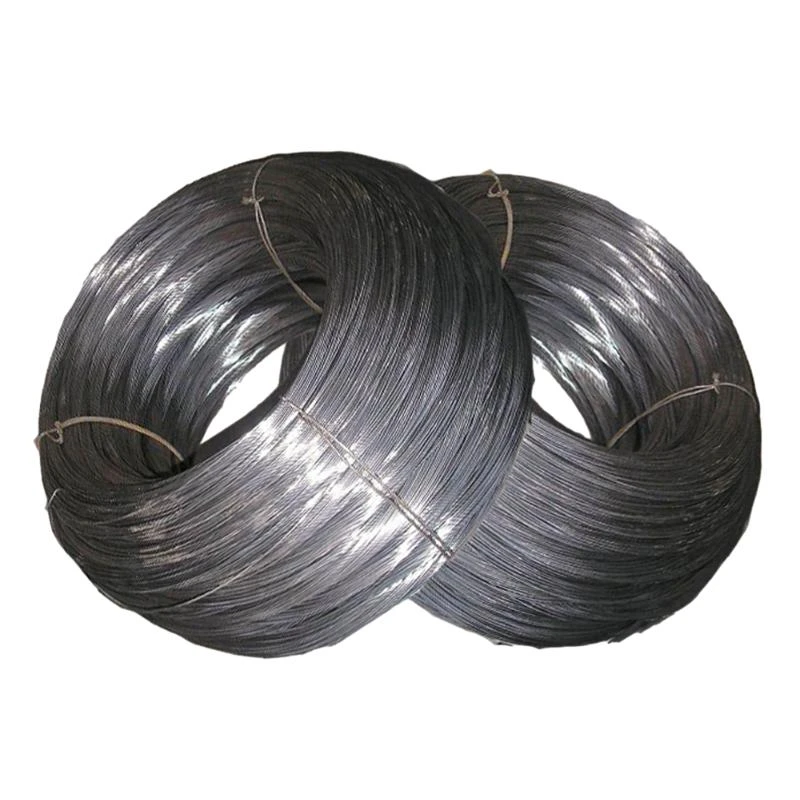
- Mobile Phone
- +8613931874955
- sales@cntcmetal.com
Cost Analysis for Building a Cattle Fence on Your Property
Understanding Cattle Fence Costs An Essential Investment for Livestock Farmers
Fencing is a critical component of livestock management, particularly for cattle farming. The right fence helps to contain the herd, protect against predators, and delineate property boundaries. However, the cost of installing and maintaining cattle fences can vary significantly based on various factors. In this article, we will explore these costs, the types of fencing available, and the long-term benefits of making a strategic investment in your cattle fencing.
Types of Cattle Fencing
Before diving into costs, it's essential to understand the different types of fences available for cattle. Each type comes with its own set of advantages and expenses.
1. Barbed Wire Fencing One of the most common choices for cattle farmers, barbed wire fencing is relatively inexpensive and easy to install. It typically consists of several strands of wire with barbs spaced at regular intervals. The cost for barbed wire fencing can range from $1 to $3 per linear foot, depending on materials and installation complexities.
2. Electric Fencing Electric fencing is another popular option. It can deter cattle effectively and allow for better management of grazing areas. While the initial cost of electric fencing can be higher—ranging from $2 to $5 per foot—the long-term savings in pasture management can outweigh the initial investment.
3. High Tensile Wire Fencing This type is known for its durability and resistance to corrosion. While more expensive upfront (around $2 to $4 per foot), high tensile wire fencing can last many years if maintained properly, making it a wise long-term investment.
4. Wooden Fencing Commonly used in smaller farms or for aesthetic purposes, wooden fencing can be quite costly. Prices can range from $8 to $20 per linear foot, depending largely on the type of wood used and the design of the fence.
5. Composite Fencing For those looking for a maintenance-free option, composite fencing combines the appeal of wood with increased durability. However, it is typically the most expensive option, costing anywhere from $15 to $30 per foot.
Factors Influencing Cattle Fence Costs
cattle fence cost

Several factors can affect the total cost of cattle fencing
- Length of Fence The perimeter or area you need to enclose will directly impact your total expenses. Longer lengths increase both material and labor costs.
- Type of Terrain The kind of terrain where the fence is to be installed can influence installation costs. Rocky or uneven ground may require more labor and specialized equipment, increasing expenses.
- Gates and Accessories Including gates in your fencing plan adds to the overall cost. The type and number of gates required will influence this cost.
- Labor Costs If you hire professional contractors for installation, labor costs can vary by region and the experience of the workers. DIY installation can save money but may not always ensure the same quality.
- Maintenance Costs Consider the long-term maintenance costs of your chosen fencing. Some materials require more upkeep than others, affecting your overall budget.
Long-term Benefits of Quality Fencing
While the initial cost of cattle fencing might seem daunting, investing in quality fencing has numerous long-term benefits. It not only keeps cattle secure and healthy but also minimizes the risk of loss from straying or predators, ultimately protecting your investment. Good fencing can enhance pasture management, allowing for rotational grazing practices that lead to healthier soil and cattle. Moreover, high-quality fencing can increase property value, making it an investment worthwhile in the long run.
Conclusion
In conclusion, while the costs associated with cattle fencing can vary widely based on materials, installation, and maintenance, understanding these factors can help farmers make informed decisions. By choosing the right type of fence and planning for the long term, livestock owners can benefit from a durable, effective, and aesthetically pleasing barrier that serves their farming operation for years to come. Investing in quality cattle fencing is not just a cost but an essential step toward a successful and sustainable livestock business.
share:
-
Yard Sign Stakes: Reliable Guardians of Outdoor SignsNewsAug.04,2025
-
Wall Ties: Invisible Guardians of Building StabilityNewsAug.04,2025
-
Resilient Web: The Super Guardian Power of Concrete MeshNewsAug.04,2025
-
Masonry Accessories: A versatile assistant on building foundationsNewsAug.04,2025
-
Iron Binding Wire: the 'invisible reinforcement specialist' in the fields of architecture and industryNewsAug.04,2025
-
Dynamic Spring: The diverse functions and excellent performance of Wire Tension SpringNewsAug.04,2025
-
Your Source for Concrete Wall Ties and Masonry AccessoriesNewsJul.10,2025



















